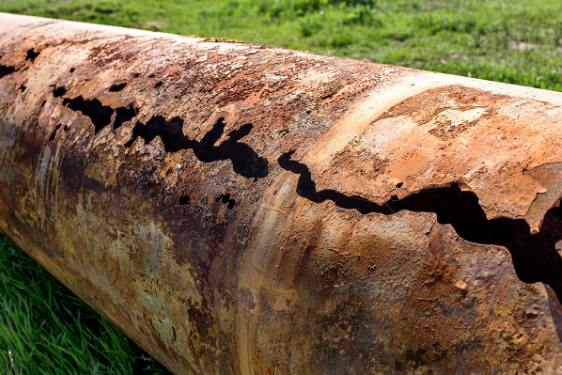
Precise Flow Measurement of Corrosion Inhibitors Protect Pipeline Integrity
Corrosion can deteriorate pipelines that transport crude oil and gases, causing leaks that negatively impact the environment by polluting the water and air, eradicating vegetation, and endangering wildlife. Some gases can explode into large fires, causing destruction while emitting dangerous byproducts into the environment. Even with clean-up efforts, effects can linger for years.
A pipeline corrosion inhibitor can halt or slow the corrosion process, extending the life of a pipeline for years. In the oil and gas industry, injection of this chemical compound, manufactured by various chemical companies, inhibits the rate of pipeline corrosion as it carries a flowing product such as crude oil straight out of the well.
Depending on the chemistry of the well, different corrosion inhibitors are recommended or formulated to treat the oil in an optimum manner. As each well is different, a large variety of solutions can be chosen. For flow measurement, the two main variables are flow rate and viscosity. Usually, the fluids are compatible with stainless steel, but sometimes higher specification steels or more exotic materials like titanium are required.
A corrosion inhibitor injection system ensures correct concentrations of inhibitors are injected into a pipeline. If too little is injected, pipe walls will corrode, and will eventually lose their integrity and then fail. Injecting too much increases causes costs to quickly mount up. Not only is the raw inhibitor expensive but also the tanks will need replenishing more often. Worse still, the refineries will charge dollars per barrel to remove excess inhibitor before the crude oil can be processed.
Inhibitor system effectiveness depends on correction amount of inhibitor injected into a pipeline. A flow meter that serves as part of a low flow control system monitors and controls the dosage of inhibitors. Measuring the flow rate with precision ensures accurate concentrations of corrosion inhibitor for maximum effectiveness, as well as protection of the surrounding environment.


